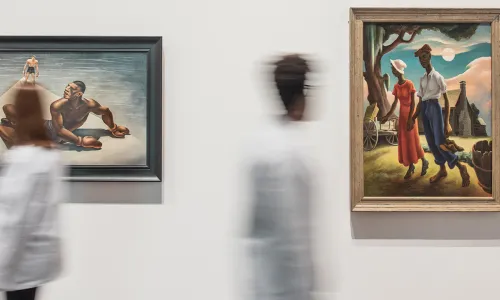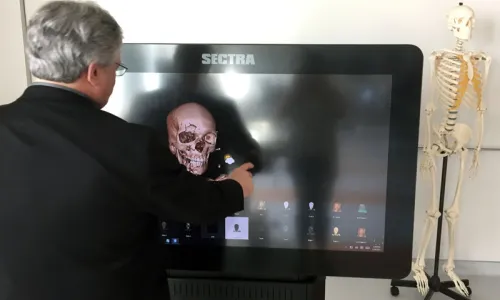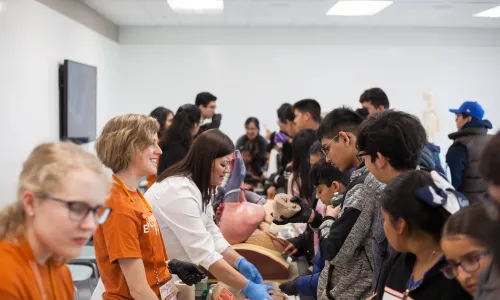The Human Heart
We know that the human heart is an incredible pumping machine. Join Rachel Wallace Ph.D., Jessica Ibarra Ph.D., Brian Miller Ph.D. as they take you on an exploration of the human heart. Did you know that every time the heart beats, blood is pumped from the heart to the lungs and to the entire body? A heart in a human being who is 80 years old will have beaten approximately 3 billion times. A single heart can be described as containing two different pumps – one side (the right side of the heart) pumps blood to the lungs where it can absorb oxygen, the other side of the heart (the left side) pumps the oxygenated blood to the entire body. Health care workers often use stethoscopes to listen to the sounds a heart makes when it’s beating, and these sounds can help physicians know if a heart is working normally or if it has some specific problem. In normal hearts, two distinct sounds, often described as sounding like LUB-DUB, can be heard during each heartbeat. These sounds are made by certain structures in the heart that are called heart valves. In this presentation, we will demonstrate certain major elements of the anatomy of the human heart, including the four major heart valves, and explain how these valves function and generate the distinct sounds heard during each heartbeat. Most students have learned that the heart contains four chambers – two of the chambers are called atria (singular: atrium) and two of the chambers are called ventricles. Blood enters the heart by flowing into the atria and leaves the heart by flowing out of the ventricles into attached large blood vessels. In the heart, it is important for blood to flow in only one direction: from an atrium to a ventricle. The structures that keep the blood flowing in one direction are referred to as heart valves. Two important valves are located between the atria and the ventricles on both the right and left sides of the heart. Using models of the heart and anatomical specimens, we will demonstrate the anatomy of these chambers and their valves. There are also valves in the great vessels that take the blood from the right side of the heart to the lungs (the pulmonary vein which contains the pulmonary valve) and the large artery which carries blood from the left side of the heart to the entire body (the aorta which contains the aortic valve). Our presentation will demonstrate these anatomical features and explain how blood circulates through the heart – and how the closure of the heart valves creates the distinctive sounds that occur with each heartbeat. We will also demonstrate how damage to these valves can interfere with the normal function of the heart and lead to abnormal heart sounds called murmurs.





